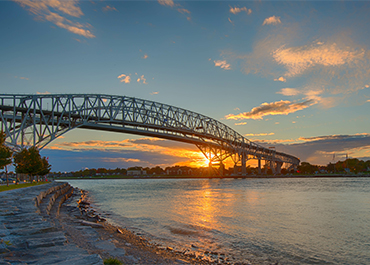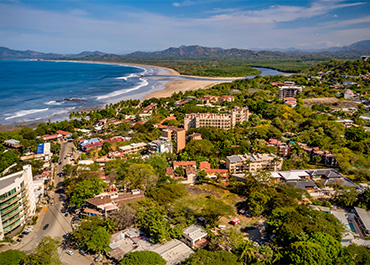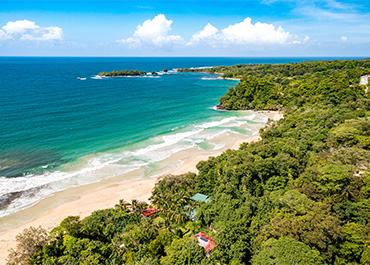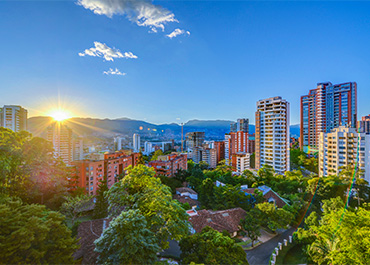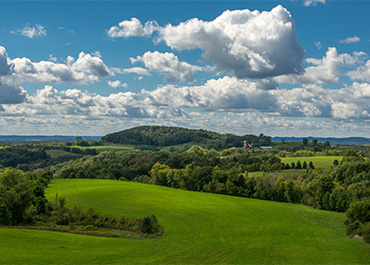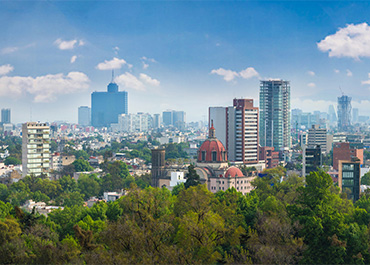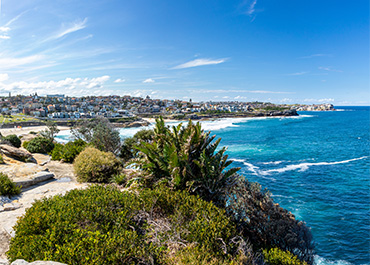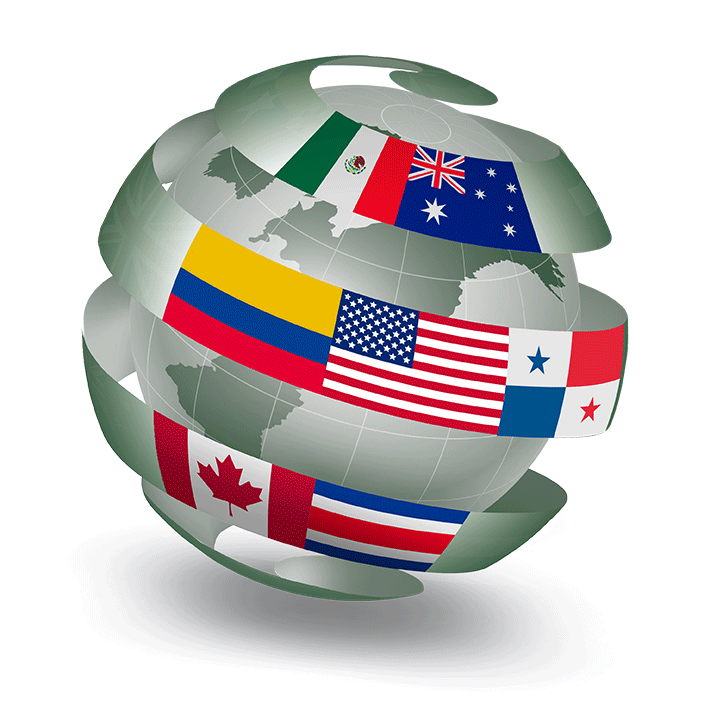Explore properties throughout North and Latin America, Australia and other highly sought after locations across the globe.
Search Properties for Sale by Country

Leading International Real Estate Company
United Country Real Estate offers an expansive inventory of international properties across several different countries, including Canada, Panama, Colombia, Costa Rica, Mexico,the United States of America and Australia.
We are the top choice for connecting sellers of specialty properties with buyers looking for a specific lifestyle. Whether your ideal property is a waterfront place on a beautiful lake or a gorgeous beach, a luxury home with breathtaking mountain views, an investment in a resort area, or farmland across the Americas, United Country has the real estate for you.
With extensive experience and perfected targeted marketing since 1925, United Country real estate professionals ensure client satisfaction through smooth and stress-free transactions. Our agents live and work in local markets, providing them with unbeatable firsthand crucial for buying international real estate.
International Property Experts
United Country’s team of international property experts have accumulated valuable knowledge through experiences, resources and connections over generations of living and working in their local markets. Focused on providing you the best possible experience while buying or selling international real estate, our highly specialized team will guide you through the process step by step and help expand your global network.
Whether you looking to buy a beachfront vacation home in Costa Rica, an island property in Panama, a working farm in Ontario, Canada, or selling a home in Colombia, our real estate professionals will guide you to ensure an enjoyable experience. With a United Country agent, broker, auctioneer or affiliate, you are provided the information and tools to ensure a stress-free and streamlined process when buying or selling your international property.
Why United Country’s International Real Estate Services
If you have a property in Canada, Panama, Costa Rica, Colombia, the United States, or Mexico you're considering selling, you might wonder why you should choose United Country. Well, there are some great reasons, particularly in our method. We combine our marketing expertise with a customized approach for all properties. This way, we're able to reach a broad group of targeted buyers to help us realize the best price for your property as soon as possible.
That classic "For Sale" sign is always a must, but it's not near enough to attract the right buyers. United Country advertises properties locally, regionally, nationally and globally to reach potential buyers everywhere.
We also provide a large network of privately-owned and top-ranking websites — each one tailored to the specific lifestyle and property type expertise of our brokers and agents. These sites help market a wide variety of properties across the Americas, from agricultural properties to business and in the most popular vacation areas along beaches, lakes, and mountains.
Of course, these are only some of the reasons clients prefer United Country. We also offer …
COMPREHENSIVE ADVERTISING

Our advertising opportunities are numerous, with options:
- On more than 200 targeted, 3rd party top real estate websites.
- In our exclusive national real estate catalog (approx.. 1 million readers).
- Promoting local listings in several magazines with global readership.
- Through advanced digital and social media marketing.
- In our “Just Listed” and “Just Sold” featured property eblasts, postcards and fliers.
- In our weekly e-newsletters focus on a specific property type, and lifestyle sent to thousands of prospective buyers.
VALUABLE RESOURCES

To ensure United Country’s marketing and advertising innovation works to help sell your property, we offer resources such as:
- Targeted exposure to a proprietary opt-in database of more than 1 million real estate buyers — the largest of its kind in the industry.
- An extensive private inventory and selection of properties.
- A dedicated support team of more than 60 marketers, designers, copywriters, advertisers, web specialists and more to serve your needs.
- Auction services with one of the largest integrated traditional and auction real estate network globally.

Real Estate News


